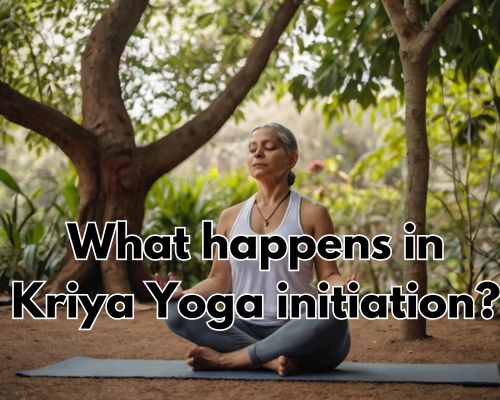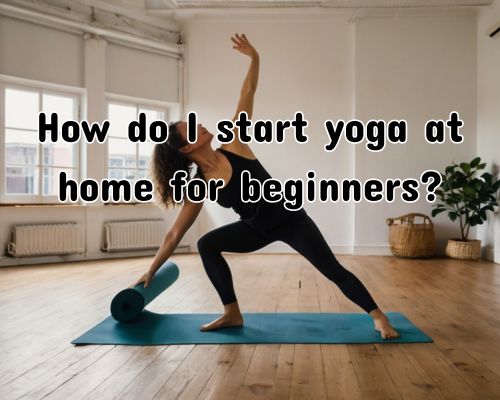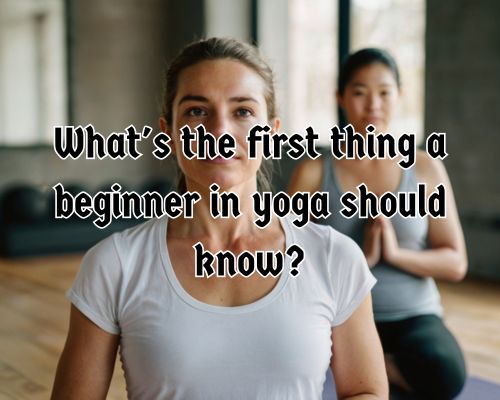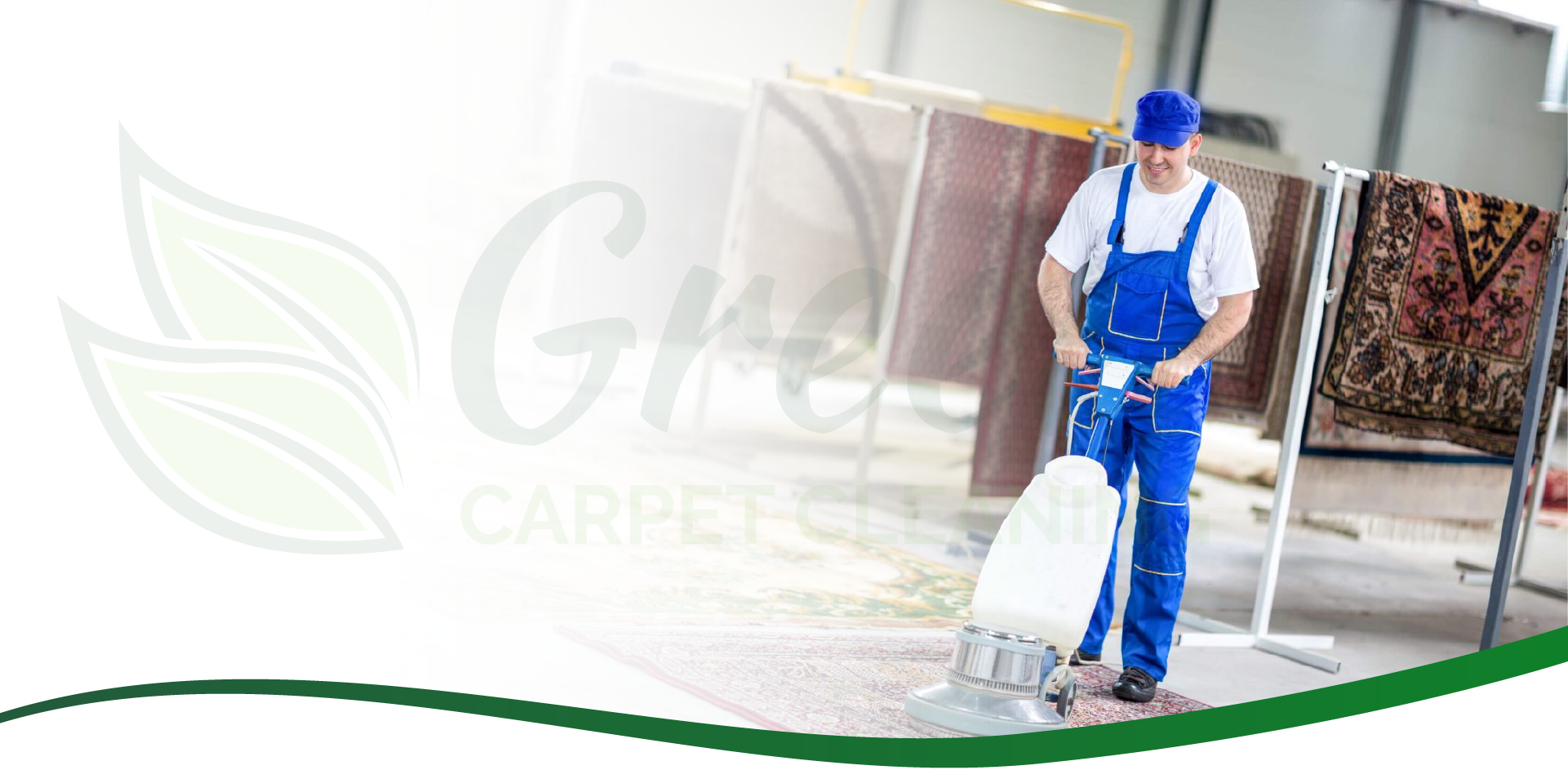What Are the Side Effects of Kriya? A Deep Dive from Mornington, Australia

What Are the Side Effects of Kriya? A Deep Dive from Mornington, Australia
Kriya Yoga is often praised as a transformative spiritual science capable of awakening latent energy, stilling the mind, and promoting accelerated self-realization. Originating from the ancient Indian yogic tradition and revitalized by Mahavatar Babaji and Paramahansa Yogananda, it has gained traction globally—including in wellness-conscious communities like Mornington, Australia. But as with any powerful inner technology, seekers often ask: What are the side effects of Kriya?

With Bikram Yoga Mornington, we’ll explore the physical, emotional, psychological, and energetic side effects of Kriya Yoga, as reported by practitioners and guides worldwide. By offering a nuanced view—with insights from local Mornington perspectives and established yoga centers—we ensure this piece is both SEO-rich and informative for the discerning reader.
🧘♀️ Understanding Kriya Yoga Before Its Side Effects
Before addressing the side effects, it’s essential to understand what Kriya entails. Kriya Yoga, as described in Autobiography of a Yogi, is a psychophysiological method of spiritual acceleration. It involves:
- Pranayama (breath control techniques)
- Meditation and mantra repetition
- Subtle energy circulation through the chakras
- Concentration techniques that align the practitioner with cosmic consciousness
These components affect the body, mind, and nervous system in profound ways—which can lead to temporary “adjustments” or side effects.
⚠️ The Physical Side Effects of Kriya Yoga
Though not universal, here are commonly reported physical side effects of Kriya practice:
1. Fatigue or Lethargy
Some beginners in Mornington yoga studios report a temporary dip in energy levels after intense sessions. This is typically due to energy blockages being cleared, allowing prana to recalibrate.
2. Headaches and Dizziness
When practitioners force pranayama or skip foundational techniques, it may lead to mild headaches or dizziness. Local Kriya Yoga instructors in Mornington emphasize proper posture, gradual pacing, and hydration to prevent this.
3. Detoxification Symptoms
Similar to fasting or deep meditation, Kriya may trigger detox symptoms like:
- Mild nausea
- Sweating
- Skin breakouts
This is particularly relevant for those who switch to sattvic (pure) diets during their Kriya initiation.
🌪️ Emotional and Psychological Side Effects
Kriya Yoga stirs deep-seated emotional content. This can be both liberating and temporarily destabilizing.
4. Mood Swings and Irritability
Unprocessed emotions—fear, anger, sadness—can rise to the surface. Think of it as a “spring cleaning” for your emotional body. Mornington therapists familiar with yoga often recommend combining Kriya with journaling or talk therapy for integration.
5. Emotional Catharsis
Some practitioners experience unexpected crying spells, laughter, or overwhelming joy. These are not “negative” side effects but indications of deeper energy release, particularly around the heart chakra (Anahata).
6. Increased Sensitivity
Heightened emotional sensitivity can emerge. Crowds, loud music, or conflict may become harder to tolerate. Grounding practices like walking along the Mornington Peninsula coastline or earthing in nature are commonly recommended to counterbalance this.
🌀 Energetic and Spiritual Side Effects
Here’s where things become less tangible but equally impactful.
7. Kundalini Activation
Kriya Yoga is known to awaken Kundalini Shakti—a latent energy believed to reside at the base of the spine. If activated prematurely or without guidance, it may lead to:
- Heat sensations in the spine
- Involuntary movements (kriyas)
- Surges of bliss or fear
That’s why Mornington-based yoga centers like Radiant Soul Yoga and Inner Light Retreats emphasize preparatory Hatha and grounding work before initiating Kriya breathwork.
8. Lucid Dreaming and Astral Experiences
Advanced practitioners sometimes report vivid dreams, out-of-body experiences, or sensations of merging with cosmic consciousness. While these can be inspiring, they may also disorient those without a stable daily practice.
9. Sleep Disturbances
As the mind becomes more alert and the pineal gland more active, some Kriya initiates experience insomnia or fragmented sleep. Herbal teas, digital detox before bed, and gentle yin yoga are often recommended to assist with this transition.
🧠 Cognitive Shifts and Mental Health Considerations
10. Overthinking or Over-Analyzing
Some early-stage practitioners become excessively analytical or introspective, caught in loops of self-evaluation. This “mental purification” phase often passes with consistent breath awareness and mantra repetition.
11. Disconnection from Routine Life
Feeling “too spiritual” or detached from work, family, or material goals is a noted phenomenon. The solution lies in integrating the Kriya mindset with daily living—embracing both the mundane and the mystical.
Mornington’s yoga teachers often emphasize karma yoga (selfless service) as an anchoring tool for balance.
✅ Minimizing the Side Effects: Best Practices from Mornington, Australia
Here are some proven tips for those exploring Kriya in the Mornington area:
- Learn from certified instructors like those at Bikram Yoga Mornington or Mornington Wellness Collective. Avoid unsupervised online tutorials.
- Start with preparatory practices like Nadi Shodhana (alternate nostril breathing), mindfulness, and asanas.
- Stay grounded with nature walks in The Briars, Mornington Botanical Rose Gardens, or Mount Martha Beach.
- Join local satsangs or support circles for discussion, reflection, and shared growth.
- Consult holistic practitioners (naturopaths, reiki therapists, counselors) if symptoms persist.
🧘♂️ Is Kriya Yoga Dangerous?
No, Kriya Yoga is not inherently dangerous. But like all high-powered practices, it demands respect, preparation, and proper mentorship. The side effects are not signs of failure—but indicators of deep inner transformation.
As spiritual teacher Lahiri Mahasaya once said: “Progress in Kriya is measured not by visions, but by a steady growth of peace and wisdom.”
🌟 Final Thoughts: The Path Through Mornington
Kriya Yoga isn’t just a practice—it’s a life path. In Mornington, a town known for its conscious community, yoga retreats, and coastal tranquility, many seekers have found this practice to be a doorway to personal evolution. If you’re starting out, expect some ripples before the stillness.
Yes, side effects exist. But when approached with reverence, support, and consistency, Kriya Yoga can become the most healing force in your life.










